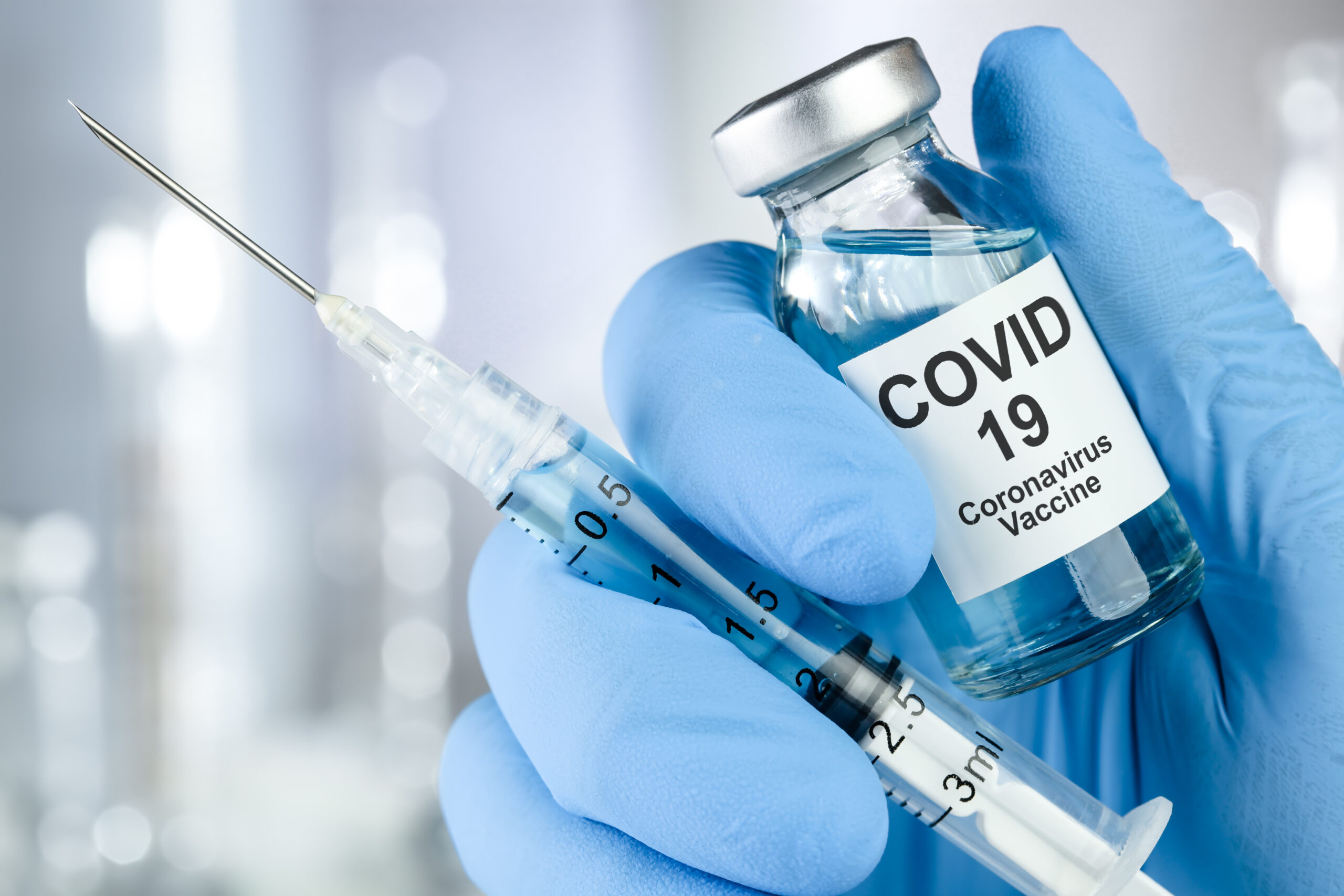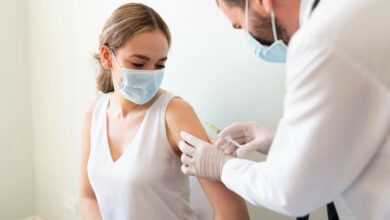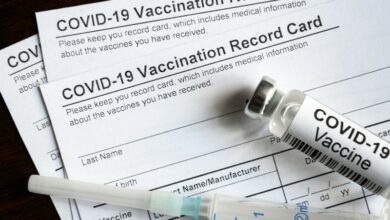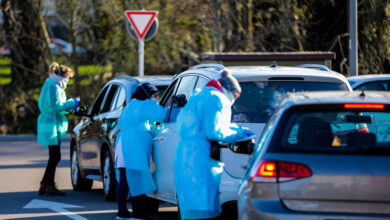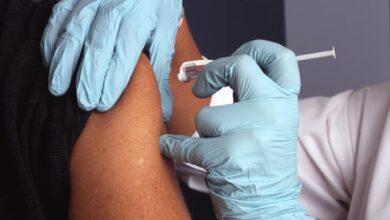Covid-19 is ravaging our country and the world. As of July 14th at 1:00 p.m., 138,699 Americans ranging from newborn infants to the elderly have succumbed to the virus. While the survival rate is still above 98%, it is estimated that up to 20% of those with the novel coronavirus will suffer serious illness requiring hospitalization. In addition, patients who have recovered from the virus are experiencing lasting effects to their health including heart, lung, and nervous system damage.
Children were originally assumed to be invincible to the virus, but as summer camps and daycare facilities reopen, cases in children are climbing. Some estimates have listed the childhood death rate between 0.04% and 0.06%, though we won’t truly know what rates in children look like until schools do reopen as children have overall had the least amount of exposure. Even at these low estimates, that translates to about one in every two thousand children or over 37,000 U.S. kids that could die.
Understandably, families are cautious. With the pressure to return to work mounting, the majority of parents are left unable to pay for childcare and in need of schools, even if they aren’t sure that it is safe. While the U.S. government urges
schools to reopen despite the exponential increase in positive cases and high transmission rates, the public is asking, when will a vaccine be available, and will it be safe?
The U.S. government seems to think it will be and has partnered with four different drug corporations to develop the vaccines which should be actively produced by the end of this summer, within four to six weeks, in what they are calling “Operation Warp Speed.”
While some see vaccination as a means to return to normal, this news hasn’t come without its fair share of conspiracy. Theorists have combined tidbits of information stemming from early trials funded by Bill Gates, the ID 2020 push for consolidated online identification, and of course, memes found on the internet, to claim that Bill Gates intends to implant a microchip with a tracker in everyone who receives a Covid-19 vaccine.
Even those who don’t subscribe to conspiracy have reservations about using a new vaccine and administering it to their families. Some would rather see more extensive testing, but with nearly 200,000 killed in a matter of six months, there just isn’t much time. Operation Warp Speed may be the fastest vaccination response we’ve seen in history, but we may not know all of the vaccine’s effects until five or ten years down the road.
While the world watches and waits, there are steps you can take to keep your family safer.
Get your Vitamins
Vitamins are essential to maintaining a healthy immune system. Most are readily available and best absorbed through the food we eat but also come in supplemental form. They are not at all a sole prevention method, but the healthier you are, the more likely you are to survive should you become ill.
Get Outdoors
Fresh air was realized as essential to fighting disease in the early 1900s, and it still is. Get outdoors and exercise when you can. Open your windows and let fresh air in. Consider letting your children play in your yard rather than a public park if you can, and try to walk or job in your own neighborhood while keeping plenty of space between yourself and others.
Wear a Mask
Masks are an incredibly controversial topic in the U.S. right now, but they have been scientifically proven to reduce transmission. While you don’t need a mask in your own home or in your car, it is good mask up when you are in an indoor space with other people, like in the grocery store.
Reports of masks reducing oxygen concentration have been proven false. Any oxygen concentration above 90% is a safe saturation, and masks do not trap carbon dioxide. While it is true that cloth and paper masks do not filter the virus, they work their magic by reducing droplet spread. The virus is tiny, but it has to have a carrier, i.e. the droplets that leave your mouth when you breathe, speak, cough, or sneeze.
Wash Hands/ Use Sanitizer
Hand washing is especially important. Viruses generally don’t live long on surfaces, and while you are more likely to contract the virus through droplets in the air, you can certainly encounter it on gas pumps, keypads at the grocery store, and other high traffic surfaces. Use hand sanitizer when you don’t have access to a sink, but otherwise, wash your hands with hot water and soap for 20 seconds after contact.
Social Distance
Social distancing is the buzz word of the day, but what does it mean? In general, droplets can spread up to six feet when we speak, but studies have shown that depending on environmental conditions and intensity, droplets may spread as far as eighteen feet. Masks reduce the distance that droplets can spread. Regardless of mask status, the Center for Disease Control recommends maintaining at least six feet of distance between yourself and others when you have to go out.
Of course, if you can avoid appearing in public, it is best to do so. Consider designating one family member to do the shopping and other necessary errands. Avoid unnecessary trips to parties, movie theaters, restaurants, and other social events.
Consider Going Virtual
There are virtual options for many of our every day tasks at this time. Whether you are looking to attend school, join a meeting for work, visit a grandparent, or see a doctor, you may be able to do so through video chat.
Ultimately, we may all experience this virus, but that isn’t any reason to slack on guidelines, especially with treatment in view. It’s imperative that we slow transmission rates so that our hospitals aren’t overwhelmed with severely ill patients. This whole situation has made us feel powerless, but there really are many simple things we can do to help ourselves and our communities. Stay safe and keep an eye out for more updates.
